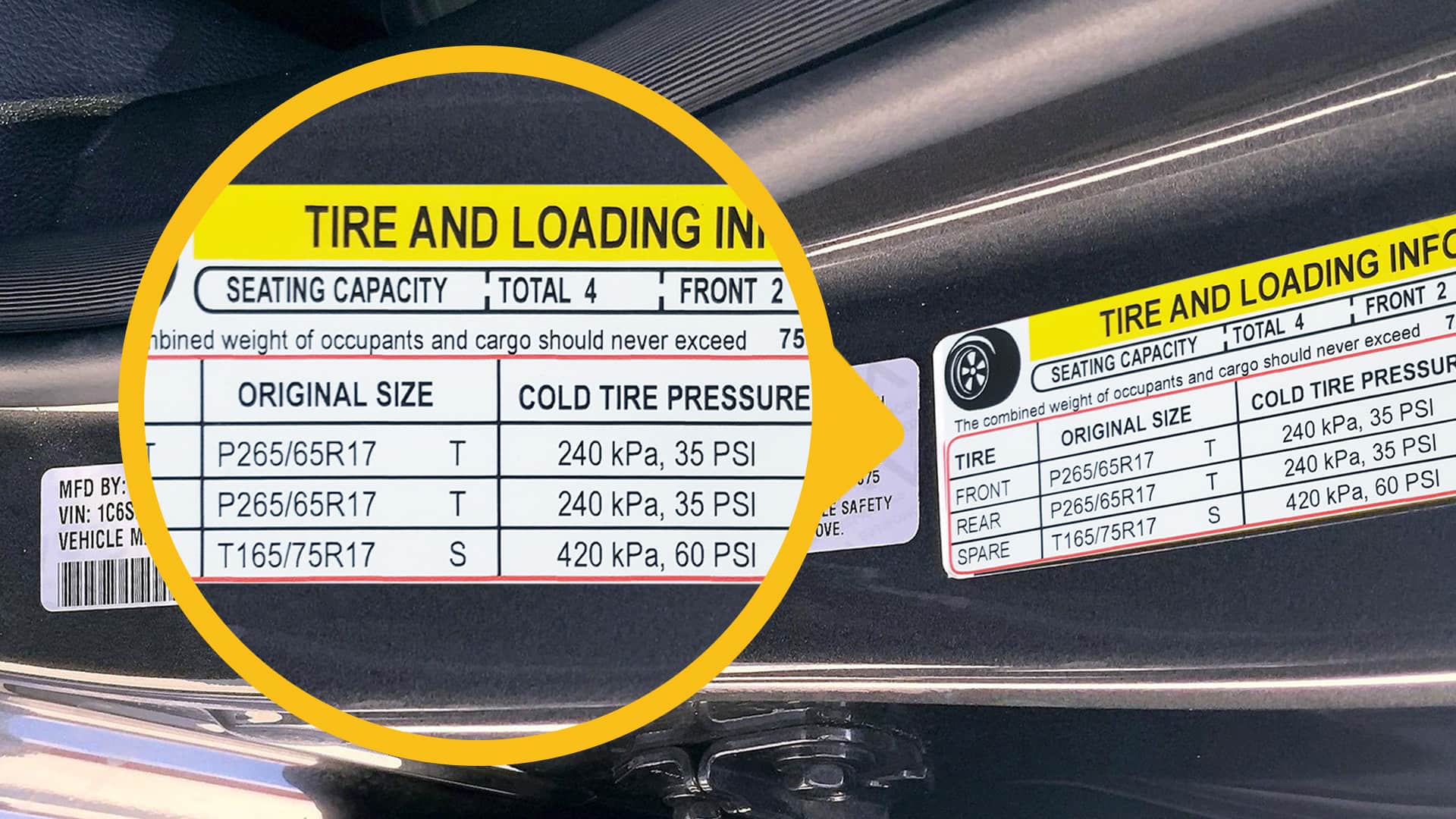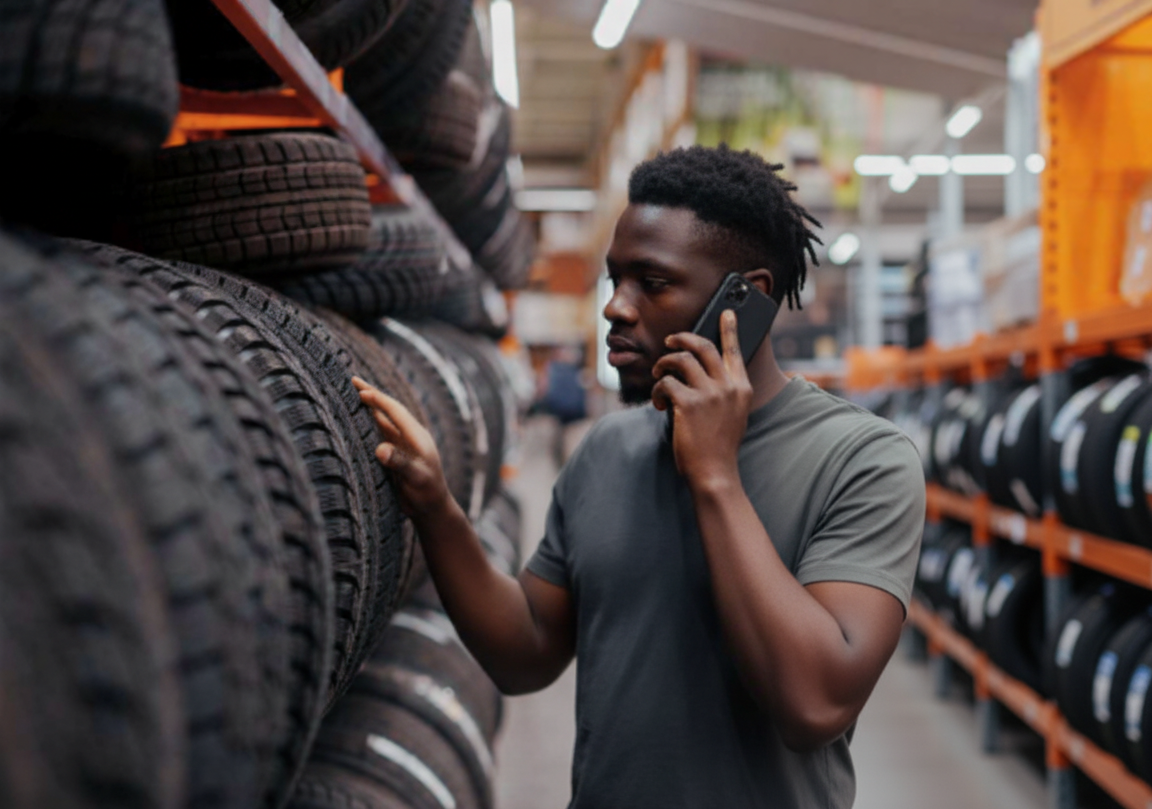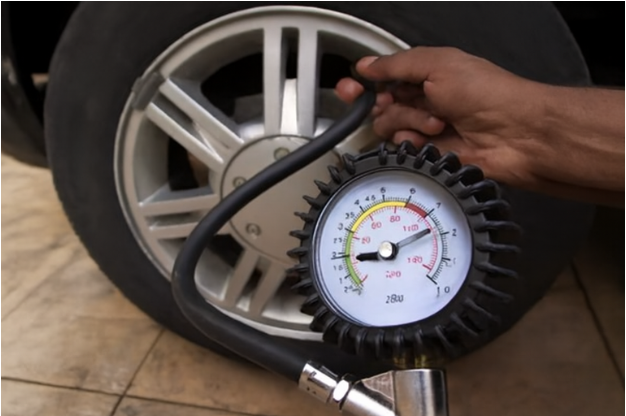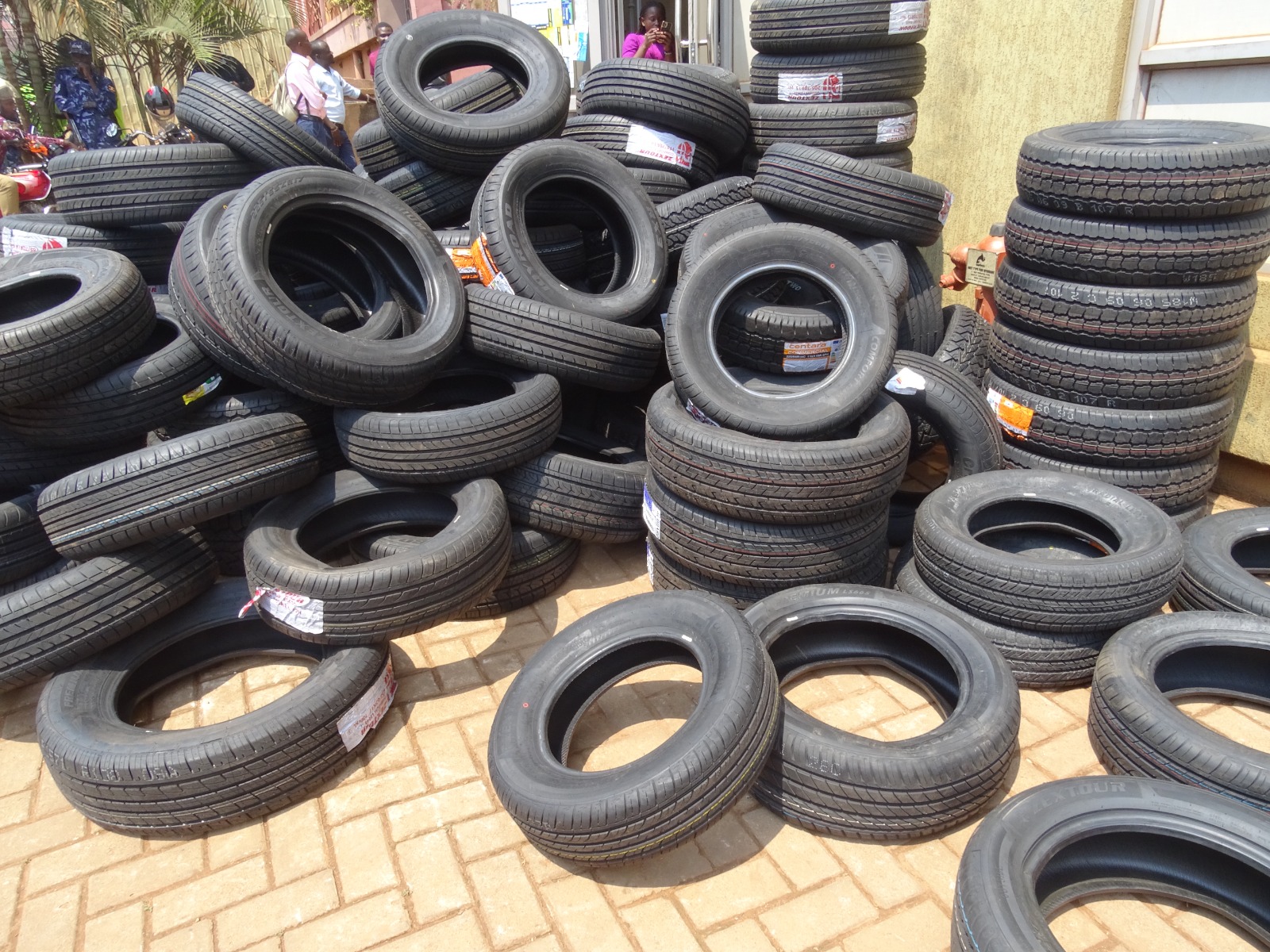Today, we’re talking about something very important - tyre pressure. Yes, it might sound boring, but knowing the right tyre pressure for your car can save you fuel, prevent accidents, and make your ride smoother. So, grab a chair, buckle up, and let’s gist. 🚗💨
💡 Welcome to Affordable Tyres Class 101: Tyre Pressure Made Easy
Tyre Pressure Wahala: Why All the Confusion?
You’d think tyre pressure would be simple, but nope! It causes as many arguments as jollof vs fried rice. 😅
Some say “pump am well,” others say “just press small.” But even an agba driver needs to check the right pressure now and then.
Here’s why tyre pressure matters:
It keeps you safe
Saves you money on fuel
Makes your tyres last longer
Gives you a better ride
📘 Step 1: Check Your Manual for Tyre Pressure
That car manual you’ve been ignoring? It knows things.
It tells you the correct tyre pressure for your vehicle (in PSI or kPa).
Can’t find your manual? Check:
Driver’s door jamb
Fuel cap flap
Glove box
Under the bonnet
Important: No allow baba vulcaniser pump 50 PSI into your tyre because “na wetin dem dey do normally.”
🕐 Step 2: Always Check Tyre Pressure When Tyres Are Cold
Check your tyre pressure when the tyres are cold:
Early in the morning
Or after the car has rested for a few hours
If you just drove, the air inside is hot and gives a fake reading.
Step 3: Use a Proper Tyre Pressure Gauge
Forget vibes and inshallah. Use a proper tyre pressure gauge.
There are two types:
Digital gauge – Shows numbers on a screen
Stick gauge – Pops out like a biro
Your new motto: Monitor. Measure. Control. (MMC)
🔧 Step 4: Adjust Your Tyre Pressure
After checking the pressure:
If it’s low, use a pump or visit a fitment centre
If it’s too high, press the valve to release some air
Please tell baba vulcaniser to chill with the 50 PSI default. 🚫
🛞 Step 5: Check All Four Tyres (Yes, All!)
Even the one that “looks okay.” Uneven tyre pressure can:
Make your car drag to one side
Reduce fuel economy
Make your tyres wear out faster
Step 6: Don’t Forget the Valve Caps
Those small plastic caps on your tyre valves? They’re not decorations.
They protect against dust and water. Always screw them back after checking your tyre pressure.
📅 Step 7: Make Tyre Pressure Check a Habit
This is not a one-time thing. Make it a monthly ritual:
Check your tyre pressure once a month
Before long road trips
After the weather changes (cold can lower pressure)
Why Tyre Pressure Is So Important?
Still think it’s not that serious? Think again. The right tyre pressure means:
✅ Better fuel economy
✅ Smoother ride
✅ Fewer tyre problems
✅ Safer driving
✅ Longer-lasting tyres
🧓 Tyre Pressure Tips for Agba Drivers
Even if you’ve been driving since Danfo had coins for change, you still need to:
Check your pressure regularly
Follow the manufacturer's advice
Do not rely on “feel” alone
Stay woke, agba driver.
🎓 Class Dismissed – Go Forth and Pump Wisely 🎓
Congrats! You’ve just passed Affordable Tyres Class 101 on tyre pressure - Proudly sponsored by Affordable Tyres
Have questions? Need tyre advice?
📞 Call us: 09087934000 or
🌐 Visit: https://affordabletyres.ng
🚗 Drive safe. Stay pumped. Protect your tyres!



